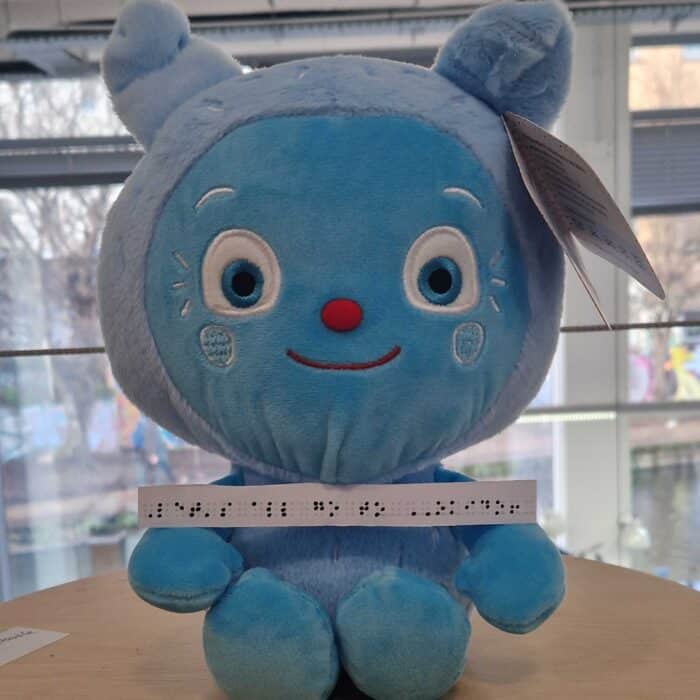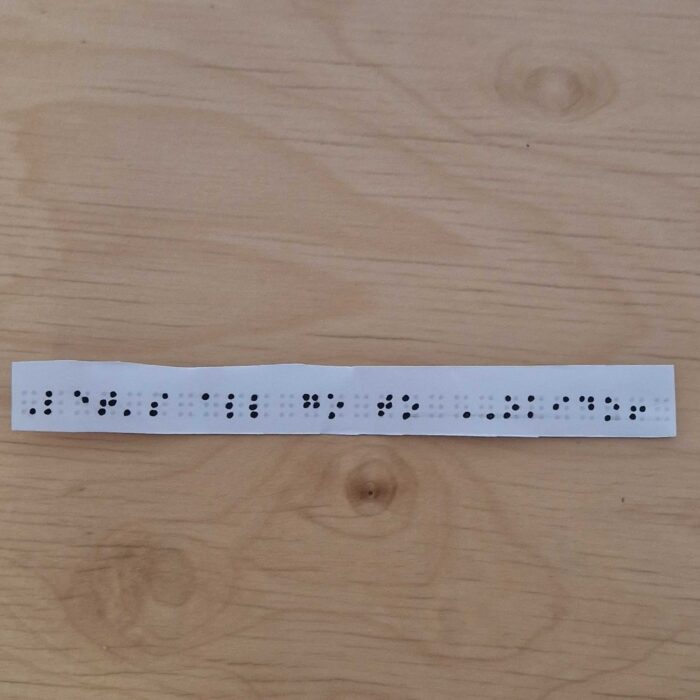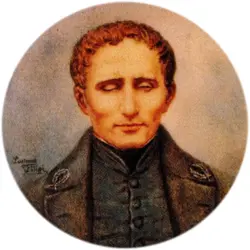Search
Close search

Learn how to write your name in braille, a different way of writing the alphabet for the blind and visually impaired who rely on touch as a means of communication. It is based on six dots, like the design on a domino. It consists of 63 symbols, made up of all the possible combinations of these dots. The sense of touch is particularly important for those who are blind or visually impaired, and with braille they can use their fingers to feel the shape of the dots to discern the letters and words.
According to the Royal National Institute of Blind People (RNIB) around 340,000 people are registered blind or partially sighted in the UK. Braille can be used for most of the world's languages, and can represent everything from basic letters and numbers to advanced mathematics and music. (Source: BBC)
While there are many techniques and tools for helping children in early years learn braille, here's a simple way to learn about how the braille alphabet works for young children aged 5+. You can download the braillewriter alphabet here (use the alphabet for writing in marker at the top) and a full page braille template here or you can make your own!
Can you decode Messy Monster's braille?


Who invented braille?
Louis Braille invented the braille system in 1824 when he was just 15 years old. Born in France, he lost his sight at three and was sent to the Royal Institution for Blind Youth in Paris where he was introduced to a coded system of raised dots to read letters and words, this system was used by soldiers to send and receive messages without making sound. Nearly 200 years later it is still used by blind and partially sighted people across the world.

Louis Braille was born on the 4th January and this date has since become World Braille Day, a UN promoted day to raise advocacy for the importance of ensuring accessibility of materials for those who rely on touch as a means to communicate.
To learn more about World Braille Day and for more early-years braille literacy activities head to Braille Works.

At OKIDO, we have a range of free activities for your young scientist to enjoy. With our downloadable activities, you can have a look at our recipes and cook up a delicious treat, or grab your pens and pencils with our OKIDOODLE drawing kits. There’s no better way to learn and play than with OKIDO.